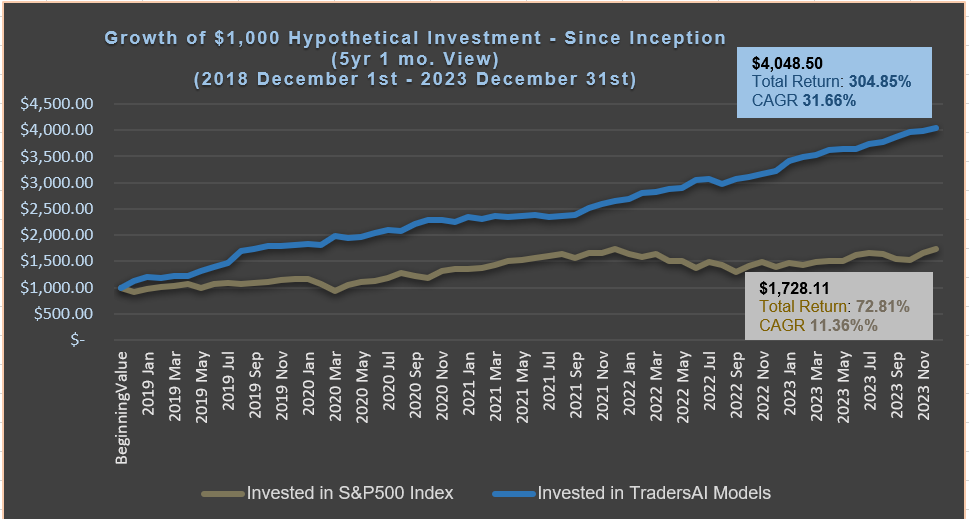
Markets in the Fed-wait Mode
After posting yet another record high, the S&P 500 index is taking a breather, waiting (hoping?) for the Fed to throw something tomorrow to put some fire under it. Lack of that fire could slowly melt the index down. We might know tomorrow by 2:30/2:45pm which way it will play out.
For positional trading: Our models continue to indicate a long bias while the index is above 4215, and a flat bias between 4215 and 4188, and a short bias while below 4188 – all on a daily close basis.
For intraday/aggressive trades, read below for our models’ trading plans for today.
Trading Plans for TUE 06/15:
Aggressive Intraday Models: For today, our aggressive intraday models indicate going long on a break above 4255 or 4203 with a 10-point trailing stop, and going short on a break below 4235 or 4195 with a 10-point trailing stop. Models also indicate a break-even hard stop once a trade gets into a 4-point profit level. Take these signals from 12:30 pm EST or later.
By definition the intraday models do not hold any positions overnight – the models exit any open position at the open of the last bar (3:59pm bar or 4:00pm bar, depending on your platform’s bar timing convention).
To avoid getting whipsawed, use at least a 1-minute closing or a higher time frame – depending on your risk tolerance and trading style – to determine the signals.
IMPORTANT NOTES:
(i) For the trades to trigger, the breaks should occur during regular session hours starting at 9:30am ET. Due to the intraday nature of the aggressive models, they indicate closing any open trades at 3:58pm and remaining flat into the session close. No opening of new positions after 3:45pm. Only one open position at any given time. The medium-frequency models may carry open positions overnight and could be closed overnight via any trailing stops instituted – for this reason, these models should be traded with instruments such as index futures or futures options that also trade in the overnight session.
(ii) The index by itself is NOT tradable. The model plans here based on the S&P index level can be used to trade any instrument that tracks the index – the futures on the index (ES, ES-mini), the options on the futures (ES options), the SPX options, the ETF SPY are just a few examples of the instruments one can adapt these plans to.
(iii) Your results of implementing these trading plans depend upon the time frame you choose to trade in (tick-chart, 1-min, 5-min, 15-min etc), the exact stop levels you use, the quality of the execution of your broker, the funding levels and margin levels of your account, your trading style and risk tolerance, and many other such factors.
(iv) These plans are NOT an investment advice to buy or sell any specific securities but are intended to aid – as informational, educational, and research tools – in arriving at your own investment/trading decisions. Always consult a Financial Advisor before making your investment/trading decisions if you are not sophisticated about these markets.
NOTE: The trailing stop is activated at the entry price right when a position is opened. Remember that a “trailing stop” works differently from the traditional stop-loss order. Please bear in mind that the trailing stop’s trigger level would keep changing throughout the session (click here to read on the conceptual workings of a trailing-stop).
IMPORTANT RISK DISCLOSURES AND NOTICES – READ CAREFULLY:
(i) This article contains personal opinions of the author and is NOT representative of any organization(s) he may be affiliated with. This article is solely intended for informational and educational purposes only. It is NOT any specific advice or recommendation or solicitation to purchase or sell or cause any transaction in any specific investment instruments at any specific price levels, but it is a generic analysis of the instruments mentioned.
(ii) Do NOT make your financial investment or trading decisions based on this article; anyone doing so shall do so solely at their own risk. The author will NOT be responsible for any losses or loss of potential gains arising from any investments/trades made based on the opinions, forecasts or other information contained in this article.
(iii) Risk Warning: Investing, trading in S&P 500 Index – spot, futures, or options or in any other synthetic form – or its component stocks carries inherent risk of loss. Trading in leveraged instruments such as futures carries much higher risk of significant losses and you may lose more than you invested in them. Carefully consider your individual financial situation and investment objectives before investing in any financial instruments. If you are not a professional trader, consult a professional investment advisor before making your investment decisions.
(iv) Past performance: This article may contain references to past performance of hypothetical trades or past forecasts, which should NOT be taken as any representation or promise or guarantee of potential future profits. Past performance is not indicative of future performance.
(v) The author makes no representations whatsoever and assumes no responsibility as to the suitability, accuracy, completeness or validity of the information or the forecasts provided.
(vi) All opinions expressed herein are subject to change at any time, without any notice to anyone.




